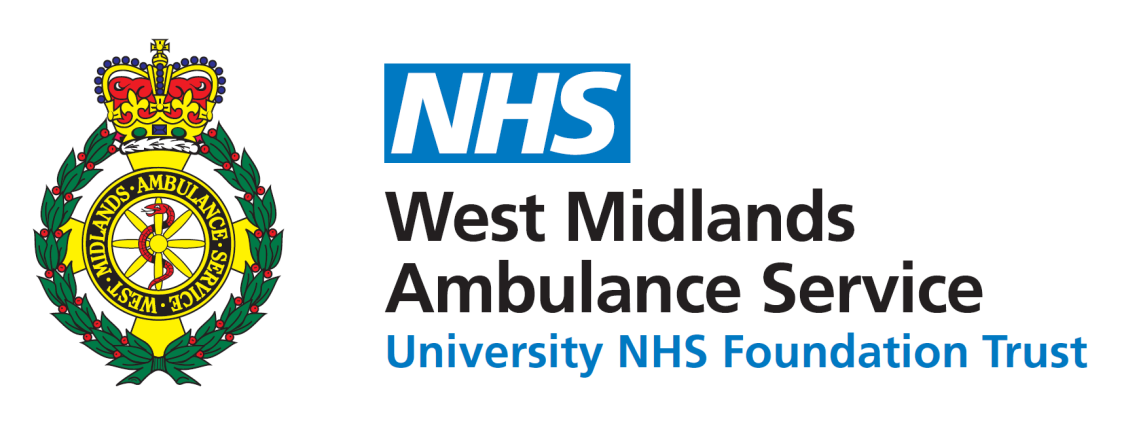Background
The National Early Warning Score 2 (NEWS2) is mandated in acute hospital trusts in England. Assessment of the implications of this policy across an unselected in-patient population has been limited.
Objective
Evaluate NEWS2 performance in an acute, in-patient, population by relating potential costs and benefits of specific alerting thresholds 24 hours prior to a composite outcome event (unplanned intensive care admission or death).
Methods
All in-patient spells between Nov 2018 – Jul 2019 in a single acute hospital in the UK were analysed. Standardised Early Warning Score(SEWS) and NEWS2 data acquisition was from the electronic health record (EHR). Existing SEWS alert thresholds were maintained. The performance of NEWS2 and SEWS threshold score against the composite outcome was assessed. A single clinical review cost (€129.50) was used to model the whole system cost of triggered responses at different NEWS2 thresholds.
Results
In patients ≥24 hours post-admission, a mean daily rate of progression to the outcome event was 1.95/1000. An increase in alert threshold from NEWS2 >5 to >6 reduced the proportion that would trigger clinical review from 10.0% to 5.3% per day. This was associated with the false neg ative rate at threshold increasing from 1.13/1000 patients to 1.36/1000. A simple resource model allowing one triggered clinical response every 24 hours defined an incremental cost per patient benefiting =€26,463, equating to 18 additional healthcare professionals per 1000 patients to deliver clinical response to an additional 0.23 patients/day benefitting.
Conclusion
The low event rate across the whole in-patient population, moderate performance of a single NEWS2 score and associated resource requirements mean that in any resource limited setting, ‘rules-based’ unmodified NEWS2 response thresholds may divert clinical resource and focus.




